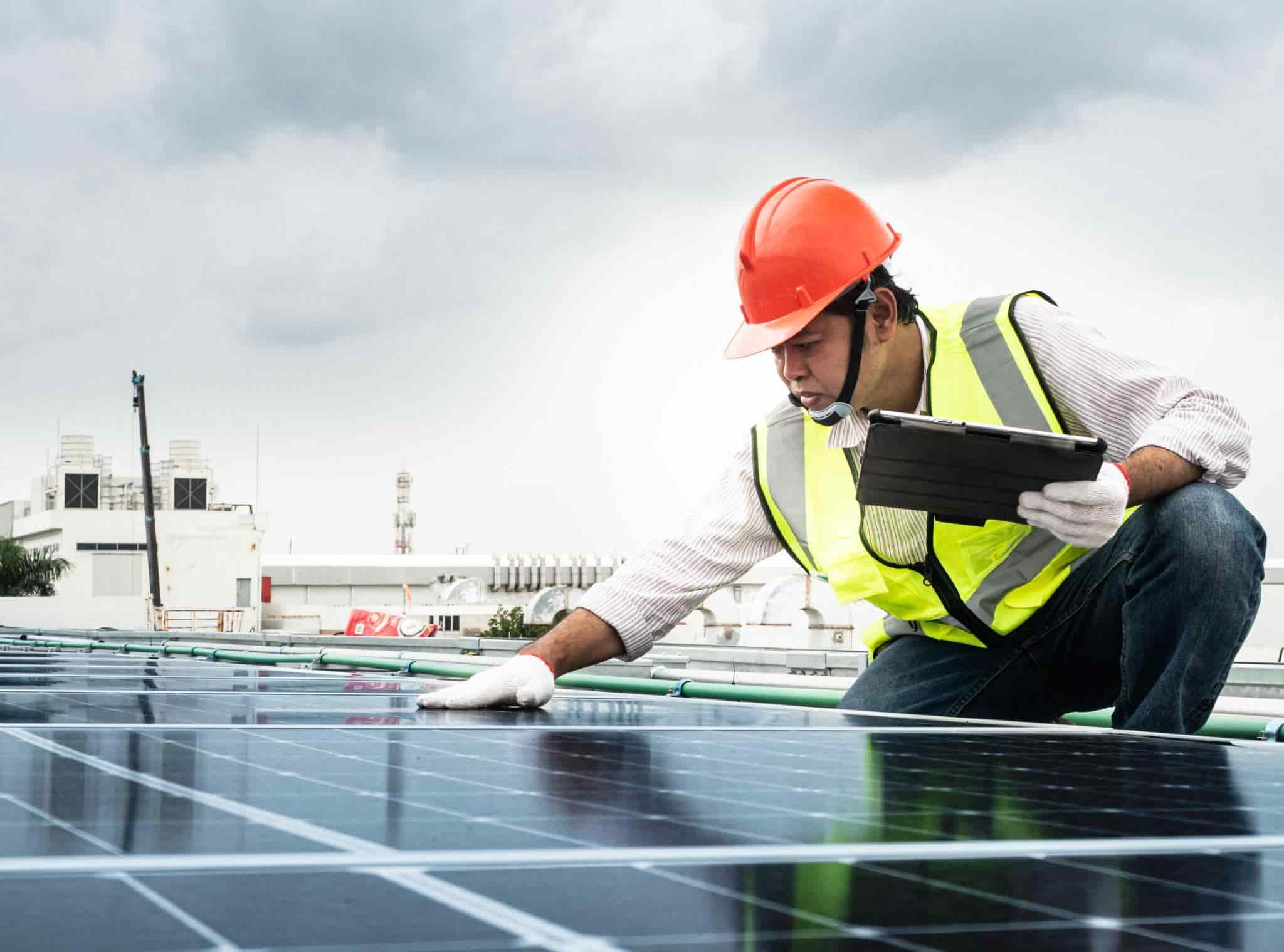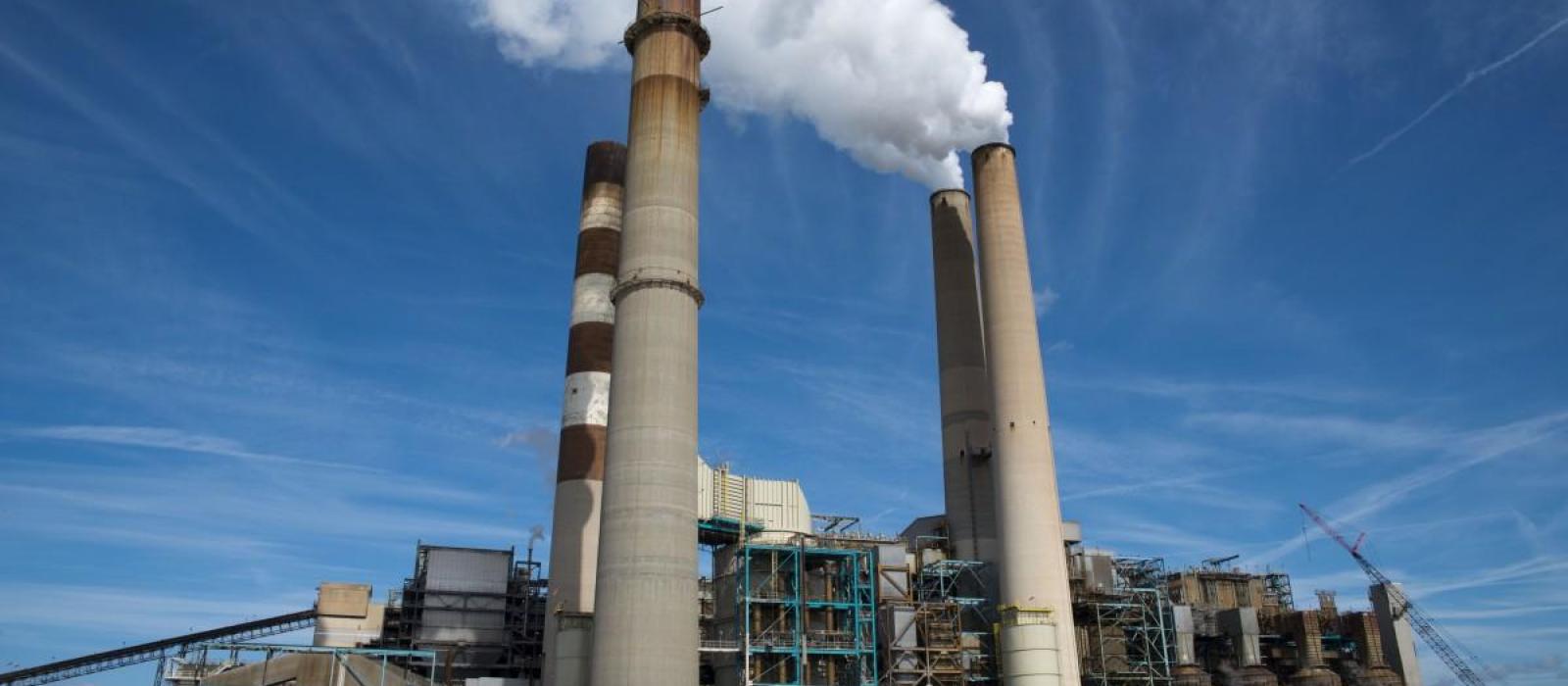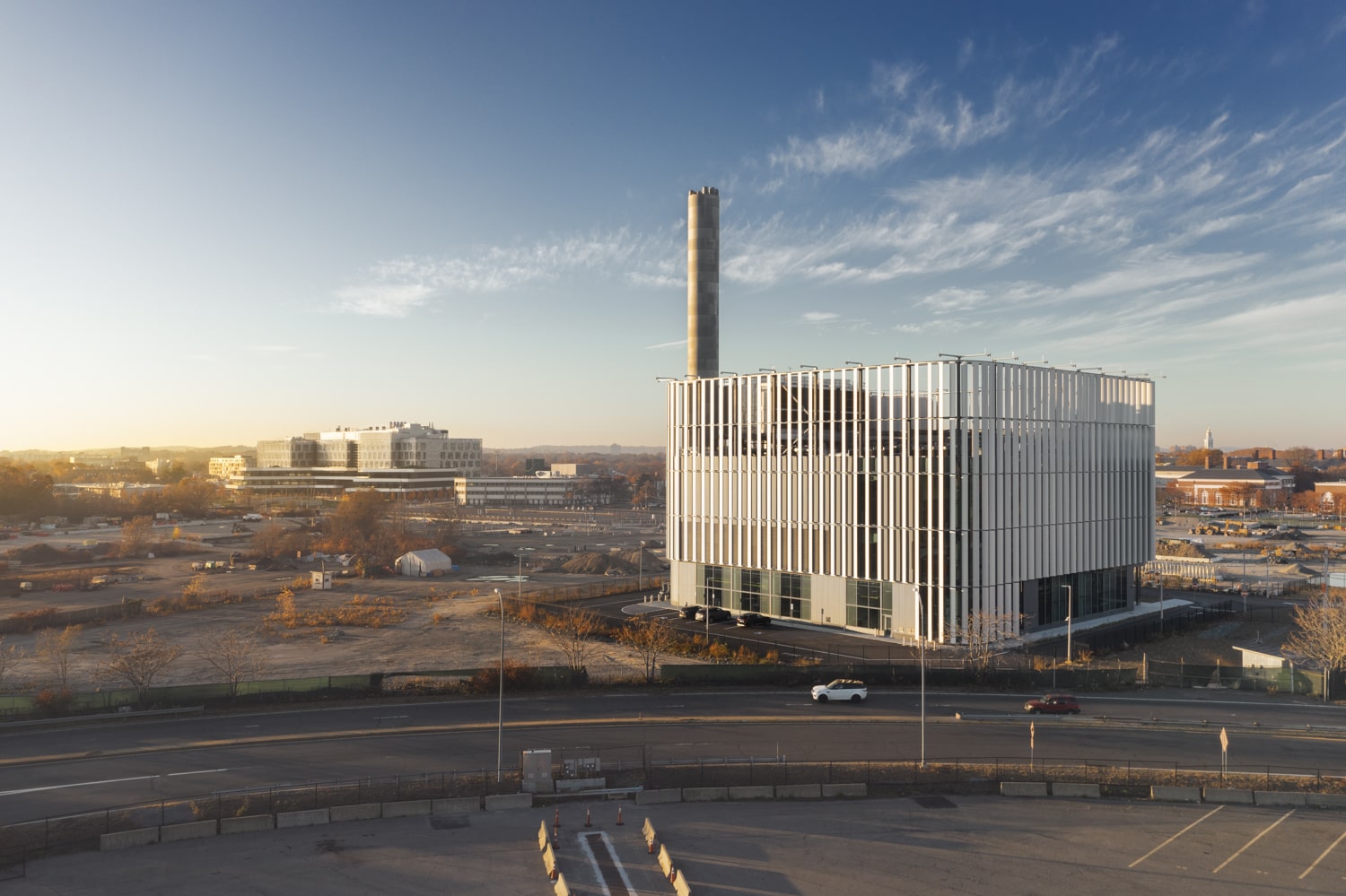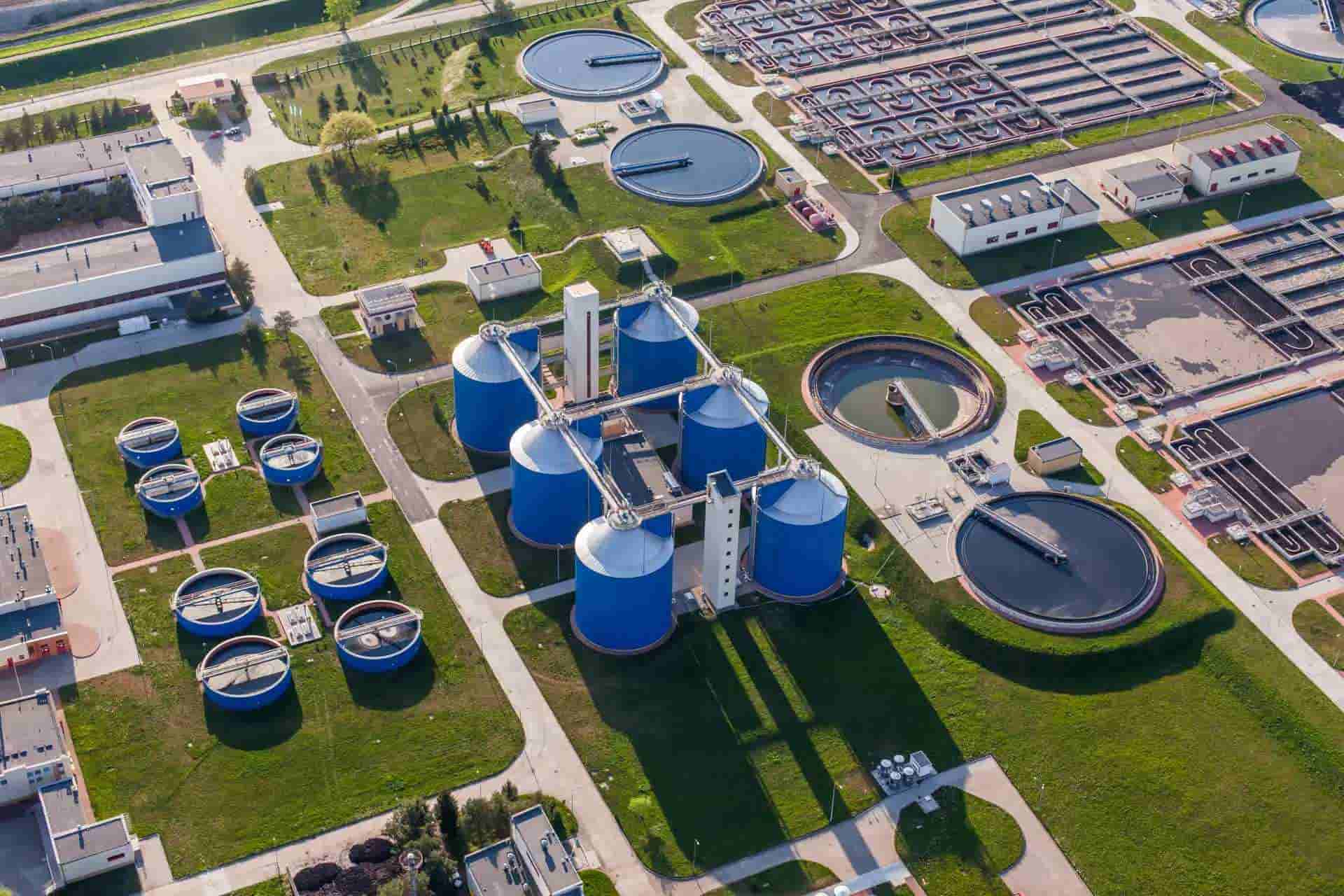Electricity Peaking Stations play a pivotal role in balancing electricity generation and consumption, offering unique advantages that differentiate them from traditional power plants. This article delves into the concept of electricity peaking stations, highlighting their significance, operational mechanisms, and the role they play in bolstering the reliability and stability of power systems.
Electricity Peaking Stations
Electricity peaking stations, also known as peaker plants or peaking power plants, are specialized power generation facilities designed to meet periods of high electricity demand. Unlike baseload power plants that provide a constant supply of electricity, peaker plants are primarily utilized during peak periods, when the demand surpasses the capacity of the existing power infrastructure. These peak periods typically occur during hot summer months or when there is a surge in energy consumption due to various factors like extreme weather conditions, increased industrial activity, or heightened usage of air conditioning systems.
Operational Mechanisms
Peaker plants are unique in their ability to rapidly ramp up electricity production to meet sudden spikes in demand. They are often located near urban centers or areas with high electricity consumption to minimize transmission losses. While various technologies can be employed, peaker plants commonly utilize gas turbines, reciprocating engines, or energy storage systems to generate electricity quickly. Gas turbines, in particular, are popular due to their efficiency and flexibility, allowing for rapid start-up and shut-down cycles. Additionally, advancements in energy storage technologies have facilitated the integration of battery systems, enabling peaker plants to deliver power rapidly while providing stability to the grid.
Flexibility and Rapid Response
One of the key advantages of peaker plants is their ability to respond quickly to fluctuations in demand. Their flexible operational nature allows for fast start-up times, ensuring a timely supply of electricity during peak periods. This agility enables power grids to adapt swiftly to changes in consumption patterns and maintain a stable supply of energy.
Bridge to Renewable Energy Transition
As the world embraces renewable energy sources, electricity peaking stations serve as a transitional bridge. They provide a reliable power supply during peak demand periods, compensating for the intermittent nature of renewable energy generation. By integrating peaker plants with renewable energy infrastructure, grids can maintain stability while transitioning to cleaner energy sources.
Cost-Effective Solution
Peaker plants offer a cost-effective solution to meet temporary spikes in electricity demand. Constructing large-scale baseload power plants solely for peak periods would be economically unviable. Peaker plants, on the other hand, are optimized for short-term operation, reducing capital expenditure while ensuring efficient utilization of resources.
Grid Stability and Reliability
By alleviating stress on the power grid during peak demand, electricity peaking stations enhance grid stability and reliability. They help prevent blackouts, voltage fluctuations, and other power quality issues arising when demand exceeds supply. This reliability is vital for critical infrastructure, such as hospitals, data centers, and emergency services.
Rapid Power Deployment
The Jenbacher J420 and J624 units are the dynamic duo that harnesses the power of innovation to revolutionize electricity peaking stations. Like superheroes in the realm of power generation, these cutting-edge units possess unrivaled capabilities. The J420 unit, with its compact design and impressive output, showcases efficiency and adaptability, providing a reliable energy solution. On the other hand, the J624 unit, a true powerhouse, combines relentless performance with reduced emissions, striking the perfect balance between sustainability and power. Together, these units epitomize the future of electricity peaking stations, driving us toward a greener and more electrifying world.









